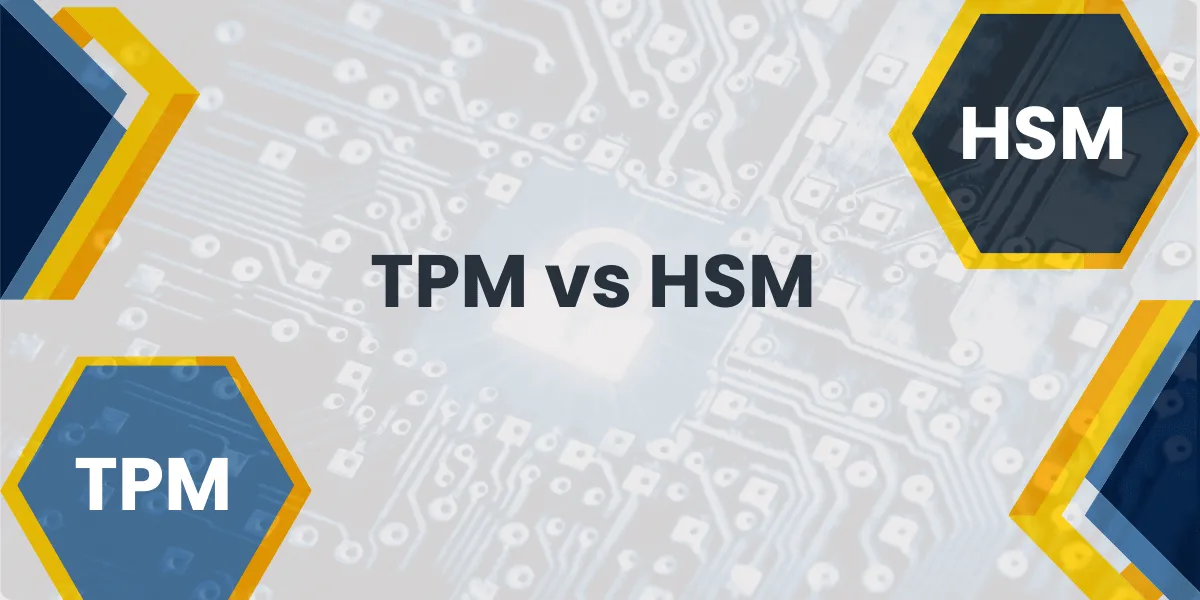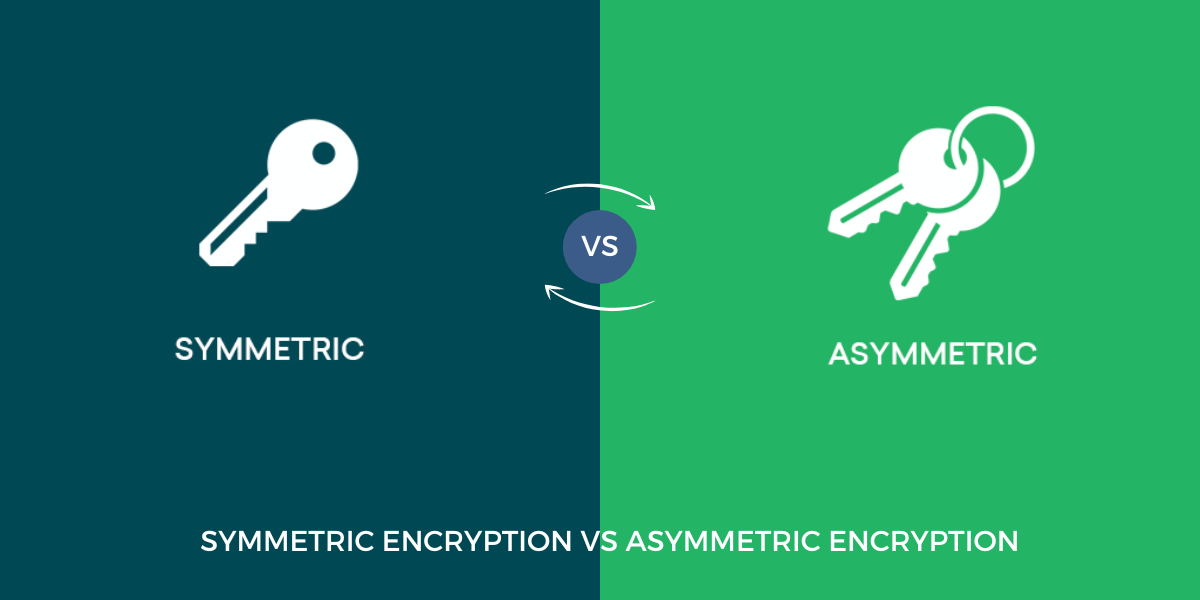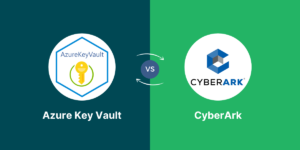Know the Difference Between Between Signed and Unsigned Drivers
Understanding the fundamental differences between signed drivers and unsigned drivers is crucial for ensuring the security and stability of your computer system. The distinction between these two types of drivers lies at the heart of Windows operating system’s approach to managing hardware functionality. Signed Driver vs Unsigned driver play a vital role in determining the level of trust and validation associated with the software components that interface with your system’s hardware.
In this article, we will delve into the key characteristics, implications, and best practices surrounding both signed and unsigned drivers, equipping you with the knowledge to make informed decisions and maintain a robust and secure computing environment.
Key Takeaways
- The publisher digitally verifies signed drivers to confirm their authenticity and integrity. Unsigned drivers need this verification.
- Unsigned drivers may pose security risks as they can contain malicious code. Signed drivers are safer as their code is validated.
- Windows blocks the installation of unsigned drivers by default as a security measure. Users must override this to install unsigned drivers manually.
- Unsigned drivers may offer more features or customization but can cause compatibility issues. Signed drivers are standardized for broader device support.
- Developer companies must obtain digital certificates from Microsoft to distribute signed drivers. Unsigned drivers avoid this complexity for smaller vendors.
Head to Head Comparison Between Signed Driver vs Unsigned Driver
|
Feature |
Signed Drivers |
Unsigned Drivers |
|
Publisher Authentication |
Verified with digital signature |
Anonymous, no authentication |
|
Tamper Protection |
Hash check prevents code changes |
Easily modified without detection |
|
Security Risk |
Lower, signature enforced |
Higher, no verification |
|
Compatibility Testing |
Extensive WHQL testing required |
No compatibility requirements |
|
Reliability Testing |
Stability and quality validated |
No reliability testing or standards |
|
Enterprise Features |
Supports management and services |
May lack business-critical capabilities |
|
Mainstream Support |
Compatible with common hardware |
Focuses on niche/proprietary devices |
|
Approval Delay |
Signing process adds months |
Can distribute immediately |
|
Experimental Options |
Only approved features allowed |
Unregulated access to new features |
|
Customization Potential |
Standardized APIs limit control |
Unlocked low-level and undocumented tuning |
|
User Control |
Requires override to install |
Default-blocked by Windows |
|
Technical Support |
Backed by Microsoft and OEMs |
Limited to forums and communities |
What’s the Difference Between Signed and Unsigned Drivers?
At a high level, the core difference between signed and unsigned drivers comes down to cryptographic verification.
Signed drivers contain a digital signature, which is a mathematical technique using public-key cryptography to verify the identity of the software publisher and that the code has not been tampered with. This offers enhanced security, integrity, and trust in the driver’s source and functioning.
In contrast, unsigned drivers lack a cryptographic signature, meaning the operating system cannot verify the integrity or publisher of the driver code. As a result, unsigned drivers present a greater security risk and lower assurances that the driver will function properly and safely.
Understanding these fundamental differences is key for gauging the security and stability impacts of installing drivers with or without signatures. Generally, users should exercise more caution with unsigned drivers by verifying their source and necessity.
What is a Signed Driver?
A signed driver contains a digital signature generated by the driver software’s developer or publisher. Digital signatures rely on public-key cryptography, a technique involving a pair of public and private keys.
The software publisher uses their private key—kept secret and known only to them—to generate a unique signature for the driver file. This signature is mathematically derived from the driver file’s content.
The corresponding public key is then used by the operating system’s signature verification mechanisms to confirm the driver’s authenticity and integrity. The public key can verify the signature but cannot generate new signatures without the publisher’s private key.
This approach allows the OS to validate that cryptographically:
- The driver file originated from the publisher and has not been altered.
- The publisher’s identity is verified since only their private key can generate the signature.
Reputable driver publishers like Microsoft, Intel, NVIDIA, and AMD all digitally sign their drivers to assure users of their authenticity and security.
Without proper driver signing, the OS cannot establish trust in the driver’s integrity or source. Signatures mitigate tampering and the publication of malicious unsigned drivers by unknown entities.
What Does It Mean If a Driver Is Signed?
If a driver is signed, it means:
- The driver’s publisher has cryptographically verified the signature. Users can trust drivers from known, reputable publishers like device manufacturers and operating system vendors.
- The integrity of the driver binary can be validated. The signature provides assurances that the driver has not been altered or corrupted since it was signed.
- The driver complies with the requirements of the operating system’s kernel mode code signing policy. Microsoft mandates driver signing for 64-bit Windows versions.
- Users can expect improved system stability and compatibility since reputable publishers thoroughly test drivers before signing and releasing.
What is an Unsigned Driver?
An unsigned driver does not contain a digital signature from the publisher.
Reasons a driver may be unsigned include:
- It is a custom driver for an obscure, legacy, or specialized piece of hardware, and the device maker does not offer a signed driver.
- The developer or company that created the driver is relatively unknown or untrusted, so major OS vendors have yet to verify them as reputable publishers.
- The driver predates the wide adoption of driver signing requirements, as older drivers were only sometimes signed.
- The driver is intended for use on older operating systems that do not require signing. For example, 32-bit Windows versions do not mandate signature checks for kernel drivers.
- The driver originates from questionable sources where the publisher’s identity and trustworthiness are unknown or suspect.
Unsigned drivers are common for niche use cases like outdated hardware or specialty industrial equipment. However, extensive use of unsigned drivers is rare, as most mainstream devices have publisher-signed driver updates available.
What Does It Mean When Your Driver Isn’t Signed?
When attempting to install an unsigned driver, users should be aware of the following implications:
- Security risks: Unsigned drivers open up security issues since the OS cannot verify their integrity or publisher. Malware may be distributed through unsigned drivers.
- Compatibility issues: Without passing verification checks, unsigned drivers have a higher likelihood of malfunctioning, causing system crashes or instability.
- Installation warnings: Windows will display warnings about the driver’s unsigned status and require administrative overrides to proceed with installation.
- Limitations: Unsigned drivers may make some operating system and hardware features unavailable or limited, like kernel debugging.
The lack of a signature indicates users should proceed with caution and have a technical need that outweighs the risks. Instead, they should use signed alternatives from trusted publishers.
What are the Technical Differences Between Signed Driver vs Unsigned Driver
Under the hood, the Windows kernel handles signed and unsigned drivers differently during installation and execution:
- Installation verification: Windows checks the signature certificate chain and validity during installation before allowing signed drivers to be installed seamlessly. Unsigned drivers trigger warnings.
- Runtime verification: While loading signed drivers, Windows continually re-verifies the signature to prevent tampering and provide ongoing integrity checks.
- Certificate stores: Windows maintains certificate stores tracking trusted publisher certificates used to validate driver signing signatures. Certificate Authorities issue these to reputable publishers.
- Kernel debugging: For enhanced system diagnostics, unsigned drivers cannot be debugged using Windows kernel debuggers. Debugging requires valid signatures.
- Patching: Windows Update can automatically install patches and updates for signed system drivers. Unsigned drivers require manual offline patching.
- Testing and release: Reputable vendors sign drivers and put them through extensive quality assurance and compatibility testing prior to release. Unsigned code needs this validation.
How to Verify Driver Signatures in Windows
Windows offers built-in tools to check whether an installed driver is digitally signed:
Using Driver Properties:
- Open Device Manager
- Locate the device and right-click on its driver
- Select Properties > Driver tab
- Check the ‘Digital Signer’ section for signature status
Using SigVerif Tool:
- Download and open the SigVerif executable
- Drag and drop the .sys driver file onto the tool
- Review the Digital Signatures section for signing details
Using Powershell:
Run Get-AuthenticodeSignature C:\path\to\driver.sys and inspect the output for signature status.
If issues are found with driver signatures, they should be reported to the publisher for newer, properly signed versions when possible.
How to Sign an Unsigned Driver
There are methods to self-sign an unsigned driver, with limitations:
Pre-requisites:
- Software Signing Certificate from a trusted Certificate Authority
- Windows SDK and Driver Signing tools
- The driver’s source code to recompile after signing
High-level steps:
- Extract the unsigned driver if needed
- Use the Inf2Cat tool to generate a catalog file
- Sign the catalog with your signing cert using Signtool
- Compile the driver source code to integrate the signature
- Install the newly signed driver
This process can vary by specific Windows versions, like Windows 7 x64, which requires additional steps for the self-signed Certificate to be trusted. Finding compatible signing tools and reliable verification may also be challenging.
Officially signed drivers from the device publisher should still be used instead. However, self-signing can add a degree of integrity verification for special situations.
Future Trends in Driver Security
Some emerging technologies may enhance driver security:
- Remote attestation: Hardware-based signing keys verify kernel integrity before allowing drivers to execute. Prevents tampering.
- Reputation tracking: Machine learning algorithms identify anomalies and block poor reputation drivers based on crowdsourced metrics.
- Safety certification: Centralized certification programs may emerge to test and approve third-party driver codes before signing, similar to app stores.
As kernels become more secure with virtualization and encryption, driver vulnerabilities may become a more prominent attack vector requiring modern solutions. More rigorous signing and verification processes can mitigate these risks.
Final Thoughts
Understanding the security assurances provided by signed drivers versus the risks of unsigned code is critical for maintaining system integrity. Relying on signed drivers from reputable publishers whenever possible provides measurable benefits in stability, compatibility, and resilience against tampering or malware.
While exceptions exist for handling legacy hardware with unsigned support, the need for overrides should be rare for machines running modern operating systems and drivers. With the right vigilance and verification tools, users can confidently gain the security advantages offered by cryptographically signed drivers.
Frequently Asked Questions
What are the risks of using an unsigned driver?
Using unsigned drivers carries increased risks of system instability, crashes, malware, or compromise. The code cannot be verified since it lacks a cryptographic signature.
Can I trust a signed driver?
Generally, a properly signed driver from a reputable publisher like Microsoft can be trusted. The signature verifies the integrity and source of the code.
Do unsigned drivers impact performance?
There is no direct performance impact – a lack of signing does not inherently make a driver slower or faster. However, stability issues may occur.
What if I need an unsigned driver for old hardware?
For legacy hardware without signed driver updates, using unsigned code may be necessary, but risks should be minimized. Isolate the system if possible.
Can I bypass driver signing enforcement in Windows?
On 64-bit versions of Windows, mandatory driver signing cannot be completely disabled. Some workarounds, like test signing modes, exist.
How can I check if an installed driver is signed?
Windows provides various tools like Driver Properties, SigVerif, and Powershell to verify the digital signature status of installed drivers.
What is involved in signing an unsigned driver?
Self-signing drivers involve:
- Obtaining a code signing certificate.
- Using signing tools.
- Recompiling the source code with the integrated Certificate.
- Testing.
Do Linux and Mac devices have driver signing?
Some forms of driver verification exist, but there needs to be a centralized signing process for these platforms. Linux does allow the loading of unsigned kernel modules.
What security does a signed driver provide at runtime?
Windows continually re-verifies signed driver integrity even during execution to prevent tampering through signature checks.
Who are the trusted driver publishers from whom I should accept drivers?
Reputable publishers include Microsoft, hardware vendors like Intel and NVIDIA, major OEMs like Dell and HP, and established software firms.

Priya Mervana
 Verified Web Security Experts
Verified Web Security Experts
Priya Mervana is working at SSLInsights.com as a web security expert with over 10 years of experience writing about encryption, SSL certificates, and online privacy. She aims to make complex security topics easily understandable for everyday internet users.



